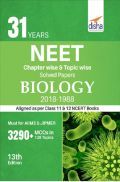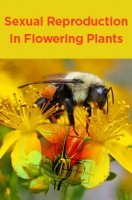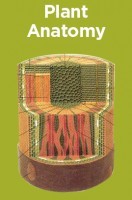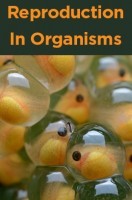This book Useful for Class - XII science students.
SECTION A
1. Study pollen germination on a slide.
2. Collect and study soil from at least two different sites and study them for texture, moisture content, pH and water holding capacity. Correlate with the kinds of plants found in them.
3. Collect water from two different water bodies around you and study them for pH, clarity and presence of any living organisms.
4. Study the presence of suspended particulate matter in air at the two widely different sites.
5. Study of plant population density by quadrat method.
6. Study of plant population frequency by quadrat method.
7. Prepare a temporary mount of onion root tip to study mitosis.
8. Study the effect of the different temperatures and three different pH on the activity of salivary amylase on starch.
9. Isolation of DNA from available plant material such as spinach, green pea seeds, papaya,etc.
SECTION B
1. Flowers adapted to pollination by different agencies (wind, insect, bird).
2. Pollen germination on stigma through a permanent slide.
3. Identification of stages of gamete development, i.e., t.s. of testis and t.s. of ovary through permanent slides (from grasshopper/ mice).
4. Meiosis in onion bud cell or grasshopper testis through permanent slide.
5. t.s. of blastula through permanent slide.
6. Mendelian inheritance using seeds of different colour/size of any plant.
7. Prepared pedigree charts of any one of genetic traits such as rolling of tongue, blood groups, ear lobes, widow’s peak, colour blindness.
8. Controlled pollination—emasculation, tagging and bagging.
9. Common disease-causing organisms like Ascaris, Entamoeba, Plasmodium, Roundworm through permanent slide or specimens. Comment on symptoms of diseases that they cause.
10. T wo plants and two animals (models/virtual images) found in xeric conditions. Comment upon their morphological adaptations.
11. T wo plants and two animals (models/virtual images) found in aquatic conditions. Comment upon their morphological adaptations.
SECTION C
Investigatory Project Experiments


















